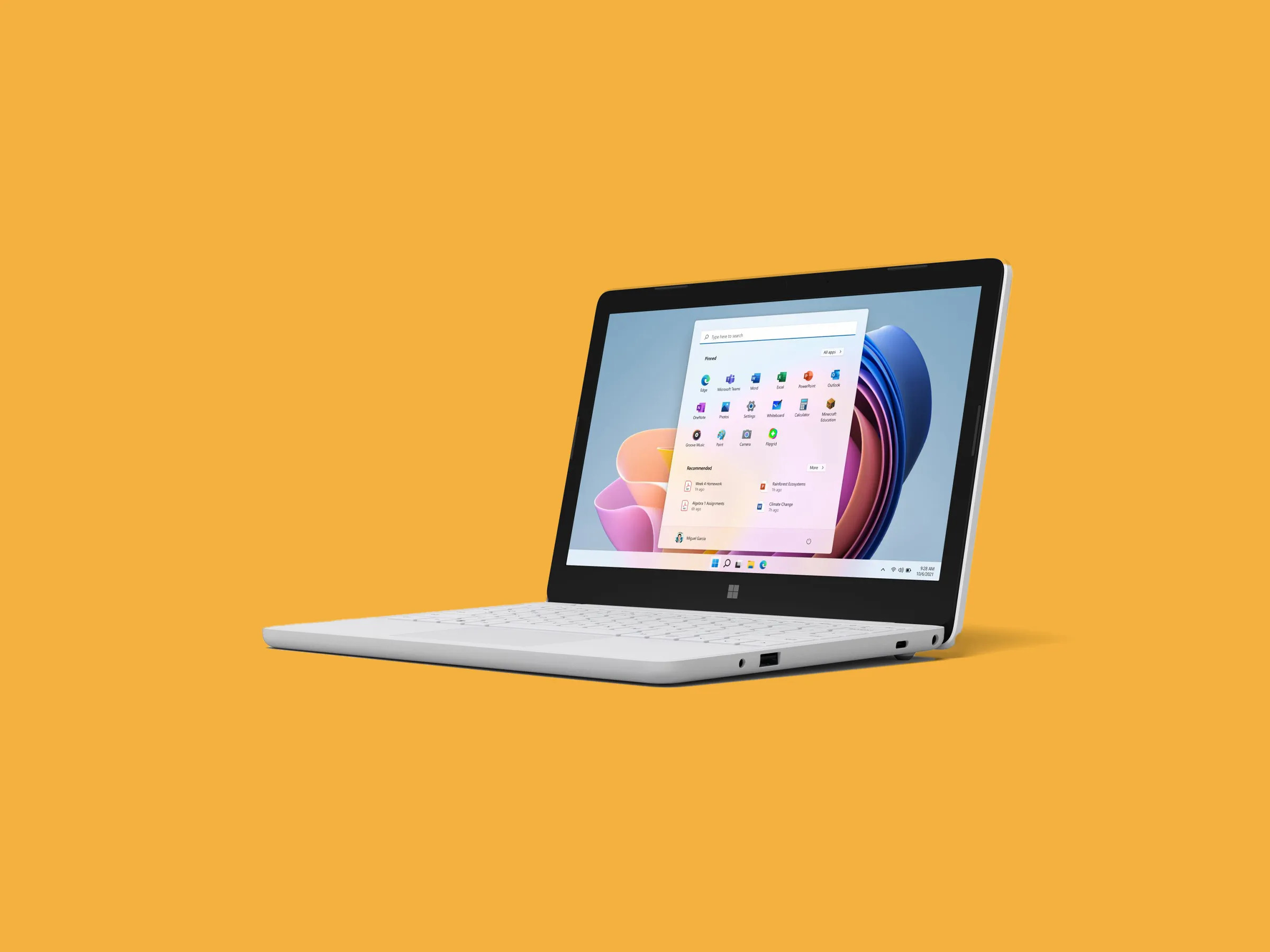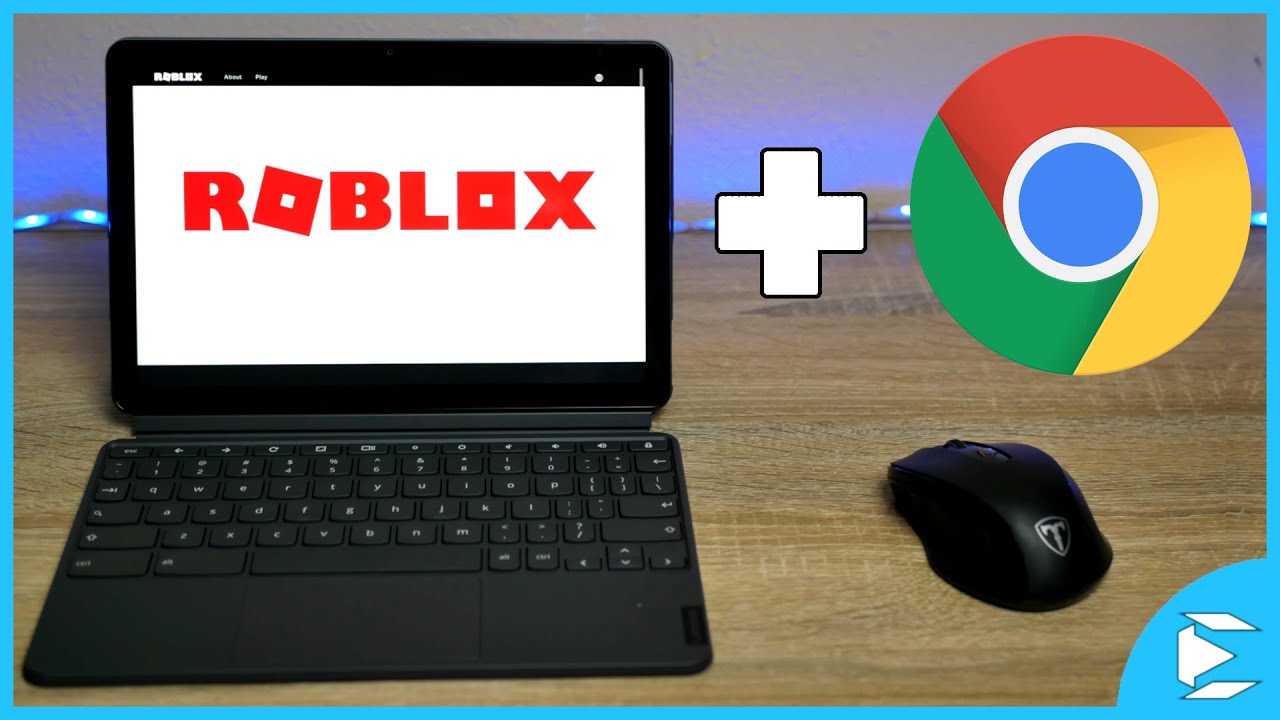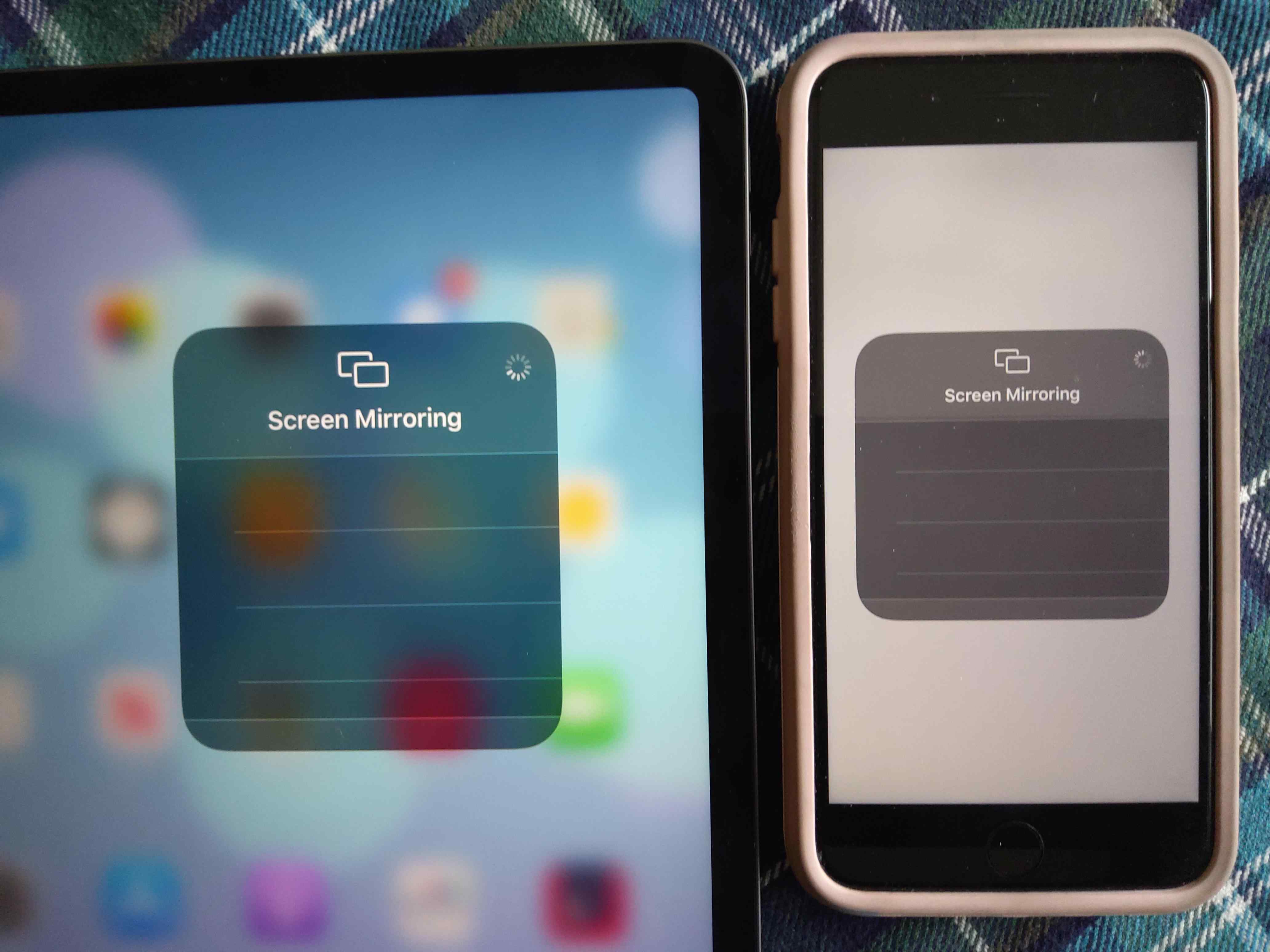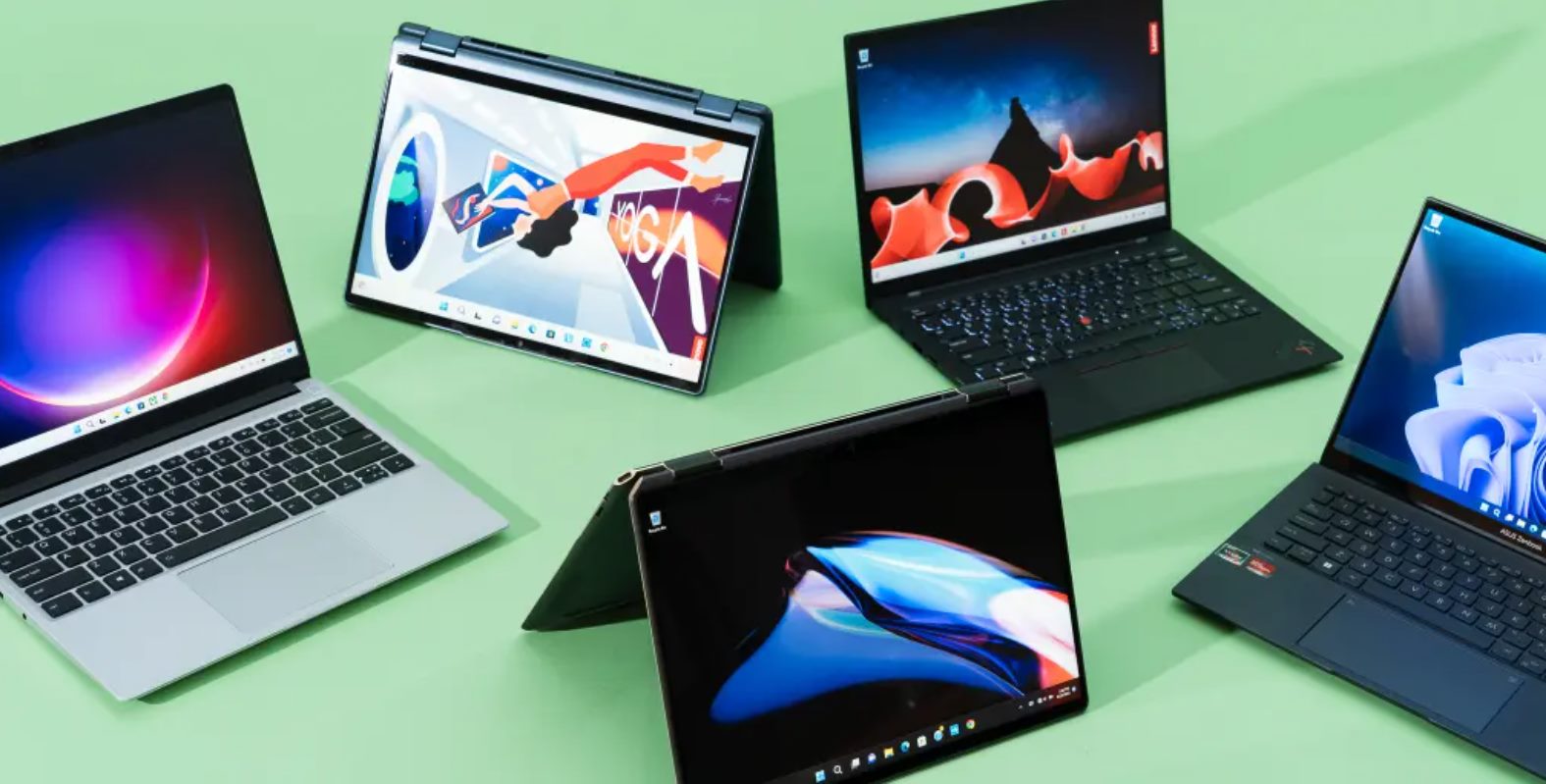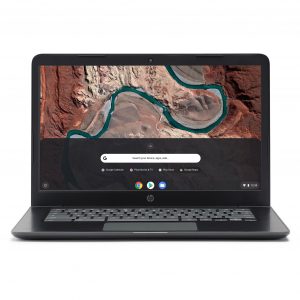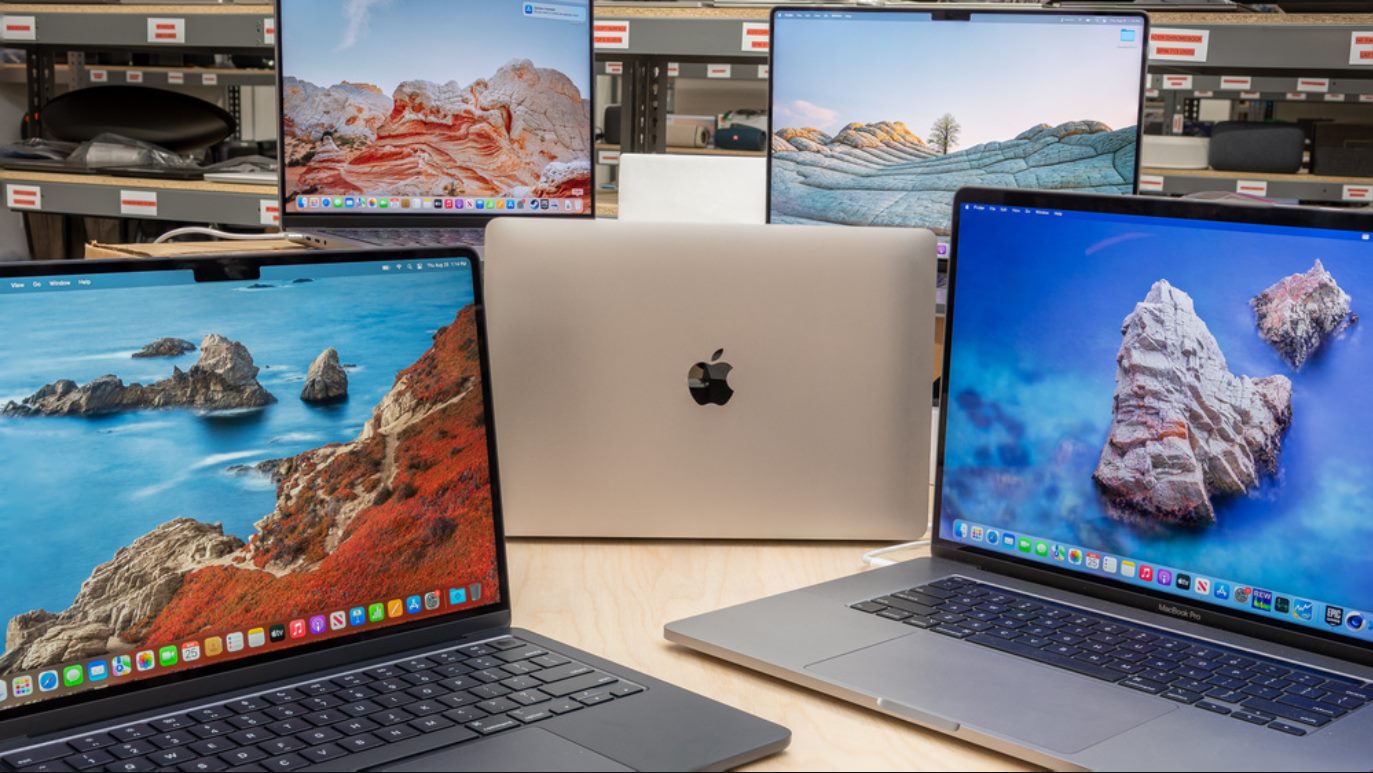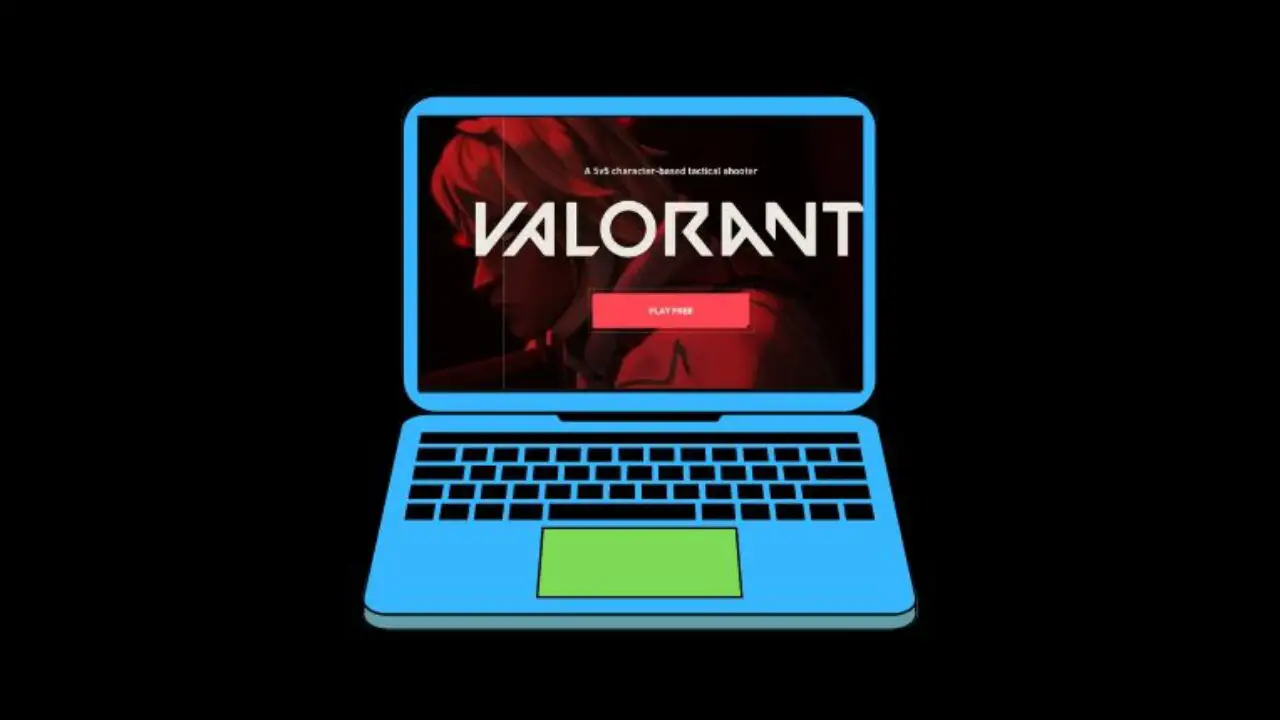Introduction
Welcome to our guide on how to download Windows 11 on Chromebook. Windows 11 is the latest operating system released by Microsoft, featuring a sleek and modern design along with new features and enhancements. While Chromebooks are known for their compatibility with Chrome OS, many users are curious about the possibility of installing Windows 11 on their Chromebook devices.
In this article, we will provide you with a step-by-step guide to help you download and install Windows 11 on your Chromebook. Before we dive into the details, it is important to note that not all Chromebook models support Windows 11 installation. The process also requires technical knowledge and may involve risks, so proceed with caution and ensure you have a backup of your important data.
This guide is intended for users who are familiar with Chromebook functionalities and have a basic understanding of computer hardware and software. If you’re ready to explore the possibilities of having Windows 11 on your Chromebook, let’s dive in and get started!
Section 1: System Requirements for Downloading Windows 11 on Chromebook
Prior to attempting to download and install Windows 11 on your Chromebook, it is essential to check if your device meets the necessary system requirements. While Chromebooks are primarily designed to run Chrome OS, certain models have the capability to support Windows 11 installation. Here are the system requirements you need to consider:
- Processor: Your Chromebook must have a compatible processor that satisfies the minimum requirements for Windows 11. The supported processors include Intel Core processors from the 8th generation and above, as well as select AMD Ryzen processors.
- RAM: Windows 11 requires a minimum of 4GB of RAM. However, for optimal performance, it is recommended to have at least 8GB of RAM.
- Storage: Windows 11 needs a considerable amount of storage space. Ensure that your Chromebook has a sufficient amount of free storage available. Ideally, aim for at least 64GB of storage space.
- Graphics: Your Chromebook’s graphics card should support DirectX 12 or later to run Windows 11 smoothly.
- UEFI: Ensure that your Chromebook has UEFI firmware instead of the older legacy BIOS. Most newer Chromebook models come with UEFI firmware.
- Internet Connection: A stable and reliable internet connection is required for downloading Windows 11 and any necessary updates during the installation process.
It is important to note that even if your Chromebook meets the minimum system requirements, there may be limitations or compatibility issues with certain hardware components or drivers. Before proceeding with the installation, research and ensure that your specific Chromebook model has been successfully tested by other users for Windows 11 compatibility.
Furthermore, keep in mind that installing Windows 11 on your Chromebook may void the device’s warranty, and some Chromebook features or functionalities may not work optimally in the Windows 11 environment. It’s crucial to weigh the benefits and drawbacks before deciding to proceed with the installation.
Section 2: Preparing Your Chromebook for Windows 11 Installation
Before you can begin the process of downloading and installing Windows 11 on your Chromebook, there are a few important steps you need to take to ensure a smooth and successful installation. Here’s what you need to do:
- Backup your data: It’s crucial to create a backup of all your important files, documents, and personal data on your Chromebook. This will help safeguard your data in case anything goes wrong during the installation process.
- Check for BIOS/UEFI updates: Visit the manufacturer’s website or system settings of your Chromebook to check if there are any available BIOS/UEFI updates. Keeping your firmware up to date ensures compatibility with Windows 11 installation.
- Disable Developer Mode: If your Chromebook is currently in Developer Mode, you’ll need to disable it before attempting to install Windows 11. This can usually be done through the system settings. Developer Mode can interfere with the installation process and prevent Windows 11 from being installed correctly.
- Free up storage space: Make sure you have enough free storage space on your Chromebook to accommodate the Windows 11 installation files. Delete any unnecessary files or applications to create additional space if needed.
- Prepare a bootable USB drive: You’ll need a USB drive with at least 8GB of storage capacity to create a bootable Windows 11 installation media. Download the Windows 11 ISO file from the official Microsoft website and use a tool like Rufus to create the bootable USB drive.
Remember to carefully follow the instructions provided by the tool you choose to create the bootable USB drive. Incorrectly creating the bootable media can lead to installation errors or issues.
Once you have completed these preparation steps, you’re ready to move on to the next section, where we will guide you through the process of downloading and installing Windows 11 on your Chromebook.
Section 3: Downloading and Installing Windows 11 on Chromebook
Now that you have prepared your Chromebook for Windows 11 installation, let’s explore the steps to download and install Windows 11 on your device:
- Insert the bootable USB drive: Plug in the bootable USB drive that you created earlier into your Chromebook’s USB port.
- Restart your Chromebook: Restart your Chromebook and enter the BIOS/UEFI settings. The process may vary depending on your Chromebook model, but commonly, you can access the BIOS/UEFI settings by pressing Esc, F2, or Del during startup. Use the arrow keys to navigate the menu and select the USB drive as the boot device.
- Begin the Windows 11 installation: Once your Chromebook boots from the USB drive, the Windows 11 installation process will initiate. Follow the on-screen instructions to proceed with the installation. Make sure to select the appropriate language, region, and other preferences.
- Partition the storage: During the installation process, you’ll be prompted to choose a partition for Windows 11 installation. You may need to delete or resize existing partitions to create space for Windows 11. Be cautious when managing partitions, as incorrect actions can lead to data loss.
- Wait for the installation to complete: The Windows 11 installation process may take some time to complete. Grab a cup of coffee and be patient while the installation progresses.
- Set up Windows 11: After the installation is finished, your Chromebook will restart, and you’ll be greeted with the Windows 11 setup screen. Follow the on-screen prompts to set up your Windows 11 installation, including signing in with your Microsoft account or creating a new account.
Once you have successfully completed these steps, you should now have Windows 11 installed and running on your Chromebook. Take some time to explore the new features and experience the revamped interface of Windows 11.
It’s important to note that Windows updates, including security patches and feature updates, will be managed by Microsoft. Your Chromebook will not receive automatic updates through the Windows Update feature. Therefore, it’s crucial to regularly check for updates manually to ensure your system remains secure and up to date.
Section 4: Troubleshooting Common Issues and FAQs
While the process of downloading and installing Windows 11 on a Chromebook can be straightforward, there may be some common issues or questions that arise. In this section, we will address a few of these concerns:
- 1. Compatibility issues: If you encounter compatibility issues during the installation process, double-check that your Chromebook meets the minimum system requirements for Windows 11. Additionally, ensure that you have a supported processor, sufficient RAM and storage, and a compatible graphics card.
- 2. Driver compatibility: Some hardware components, such as touchpad, sound, or Wi-Fi, may not work correctly after installing Windows 11 on a Chromebook. It’s essential to research and find compatible drivers for your specific Chromebook model from the manufacturer’s website or other reliable sources.
- 3. Partitioning errors: If you encounter errors while partitioning the storage during the installation process, ensure you have enough free space and consider resizing existing partitions if necessary. Be cautious when modifying partitions to avoid data loss.
- 4. Performance issues: Windows 11 may not run as smoothly on a Chromebook compared to a native Chrome OS. Chromebooks are not optimized for Windows, so you may experience performance issues or slower overall performance. Consider this trade-off before proceeding with the installation.
Frequently Asked Questions:
- Q: Can I revert back to Chrome OS after installing Windows 11?
- Q: Will Windows 11 receive automatic updates on a Chromebook?
- Q: Will all Chromebook models support Windows 11 installation?
A: Yes, it is possible to revert back to Chrome OS. However, the process may be complicated and may require specific knowledge and technical expertise. It is recommended to create a backup of your Chrome OS before installing Windows 11.
A: No, Windows updates, including security patches and feature updates, will not be managed through Chrome OS. You’ll need to manually check for updates regularly on the Windows 11 installation to ensure your system remains up to date.
A: No, not all Chromebook models will support Windows 11 installation. The compatibility depends on the hardware specifications and the ability to meet the system requirements outlined by Microsoft. Check the official documentation or consult the manufacturer for specific details.
Remember, installing Windows 11 on a Chromebook requires technical knowledge, and there may be risks involved. It’s crucial to research and understand the potential limitations or issues before proceeding with the installation.
Conclusion
By following the steps outlined in this guide, you should now have a clearer understanding of how to download and install Windows 11 on your Chromebook. However, it is important to remember that this process involves risks and may void your device’s warranty. Proceed at your own discretion and make sure to backup your data before attempting any installation.
Before you embark on this journey, ensure that your Chromebook meets the minimum system requirements for Windows 11 and that you have checked for any available BIOS/UEFI updates. Additionally, familiarize yourself with the potential challenges and limitations that come with running Windows 11 on a Chromebook.
While Windows 11 brings a fresh and exciting user interface along with new features, it’s vital to consider the trade-offs you may encounter, such as potential compatibility issues and performance limitations. Keep in mind that Chromebooks are primarily designed for Chrome OS, and installing Windows 11 may not provide the same seamless experience as using a native Windows device.
If you decide to proceed with Windows 11 installation, be prepared to troubleshoot common issues such as driver compatibility and partitioning errors. It’s also important to stay vigilant and manually check for Windows updates since they will not be managed through Chrome OS.
We hope that this guide has provided you with the necessary information to explore the possibility of running Windows 11 on your Chromebook. Remember to make informed decisions, take necessary precautions, and have a backup plan in case anything goes wrong during the installation process.
Good luck, and enjoy your Windows 11 experience on your Chromebook!







